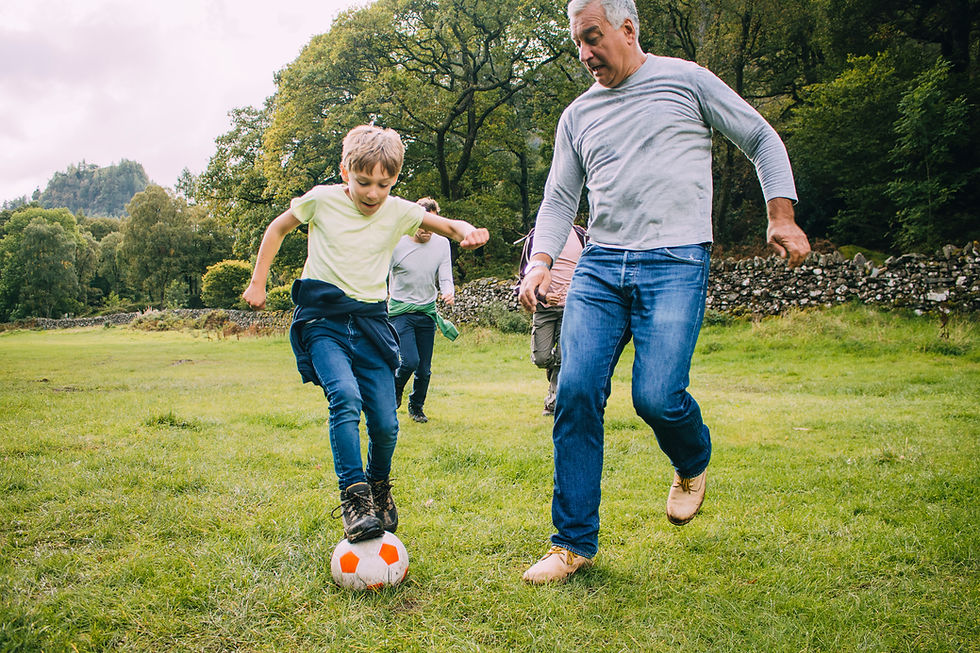The Squat: Building Strength, Balance, and Functionality
- Rock Hudson

- Aug 25, 2023
- 2 min read
In exercise, few movements hold as much significance and functional importance as the squat. Beyond being a fundamental exercise within workout routines, the squat is a reflection of our natural human movement patterns. At its core, the squat mirrors one of the most basic and essential human movements: sitting down and standing up. This functional movement is deeply woven into our everyday lives, from getting in and out of chairs to picking up objects from the ground. A strong and well-executed squat underpins the ability to move through these activities with ease and reduced risk of injury.
Enhancing Muscular Strength and Balance
The squat is a compound movement that engages multiple muscle groups simultaneously, making it a potent exercise for building overall strength and muscular endurance. The quadriceps, hamstrings, glutes, core, and lower back muscles are all activated during a squat, leading to increased muscle development, coordination, stability and improved balance. This holistic activation is especially important for maintaining strength as we age and reducing the risk of falls.
Improved Joint Mobility and Flexibility
Engaging in squats regularly can lead to enhanced joint mobility and flexibility. The movement requires a full range of motion at the hips, knees, and ankles, promoting better joint health and preventing stiffness. Over time, consistent squatting can contribute to maintaining proper joint alignment and preventing common issues associated with sedentary lifestyles.
Transferring Functional Strength to Real Life
The strength and balance gained through squatting translate directly into real-life activities. Whether it's lifting groceries, playing with children, or even performing athletic endeavors, the functional strength developed through squats ensures that daily tasks are accomplished with greater ease and efficiency. The improved coordination and stability cultivated by squats contribute to a higher quality of life overall.
A Foundation for Comprehensive Exercise Routines
Incorporating squats into exercise routines serves as a foundation for more complex movements and exercises. As a compound movement, the squat engages multiple muscle groups, creating a strong base upon which other exercises can be built. Whether you're pursuing weightlifting, cardiovascular training, or even yoga, a strong squat foundation enhances performance across a variety of disciplines.
Correct Technique and Injury Prevention
While the benefits of squats are undeniable, proper technique is crucial to reap those rewards and avoid injury. Maintaining proper form, such as keeping the knees in line with the feet and maintaining a neutral spine, ensures that the squat is executed safely and effectively. Learning and practicing correct squatting technique under the guidance of a fitness professional reduces the risk of strain or injury.
The squat is not merely an exercise; it is a fundamental human movement that underscores our daily activities. Its significance lies in its ability to enhance functional strength, improve balance, and promote joint mobility. Embracing the squat within your exercise routine not only contributes to a stronger physique but also empowers you to move confidently and effortlessly through life's tasks. As you squat, remember that you're not just building muscle; you're nurturing a connection to your body's innate abilities and embracing a lifelong commitment to health and vitality.
Want to learn how to squat efficiently for long-term strength, mobility, and functionality? Schedule a free consultation here to get started.



Comments